Unveiling the Artistry Behind Chilean Wine: A Toast to Excellence
In the world of winemaking, few regions can boast the combination of unique terroir, skilled artisans, and a rich cultural history quite like Chile. Nestled between the Andes Mountains and the Pacific Ocean, this South American gem has been quietly gaining recognition as a powerhouse in the global wine industry. Let’s embark on a journey to discover why making Chilean wine is nothing short of an art form.
The Terroir Advantage:
Chile’s diverse geography, ranging from the arid Atacama Desert to the cool, maritime-influenced climate of the coastal areas, provides winemakers with a canvas of terroirs. The result is a wide spectrum of flavors and aromas that make Chilean wines unique. From the robust reds of Curico Valle, each sip reflects the character of its terroir.
Sustainable Practices:
Chilean winemakers have embraced sustainable and organic practices, aligning their craft with environmental consciousness. Many vineyards prioritize biodiversity, water conservation, and minimal chemical intervention. This commitment not only preserves the pristine landscapes but also enhances the purity and authenticity of the wines produced.
Iconic Grape Varieties:
Chilean winemaking is defined by its dedication to traditional grape varieties, with a particular focus on Carmenere, often referred to as Chile’s signature grape. This once-forgotten Bordeaux varietal found its new home in Chile, producing wines with luscious dark fruit flavors and a distinct spiciness. Cabernet Sauvignon, Merlot, and Sauvignon Blanc also thrive in the fertile soils, contributing to the country’s diverse wine portfolio.
Innovation and Modern Techniques:
While honoring tradition, Chilean winemakers are not afraid to embrace innovation. State-of-the-art winemaking facilities equipped with modern technology allow for precise control over the winemaking process. This fusion of tradition and innovation ensures the consistency and quality of Chilean wines, earning them accolades on the international stage.
In the world of winemaking, Chile stands as a testament to the perfect marriage of nature’s gifts and human craftsmanship. The artistry behind making Chilean wine is a celebration of terroir, sustainability, iconic grape varieties, and a commitment to excellence. So, the next time you uncork a bottle of Chilean wine, savor not just the liquid in the glass but the story of a nation passionate about producing wines that captivate the senses.
Interested in making South African or Chilean Wine? Give us a call at 877-812-1137 to speak to a winemaking representative about your order. Cheers!
Chilean Wine Notes
Why make wine from Chile? Because it’s like bottling up sunshine and smiles!
Picture this: rolling vineyards nestled between the Andes Mountains and the Pacific Ocean, where grapes bask in the perfect blend of cool coastal breezes and warm, sunny days. Chile’s diverse terroir makes it a winemaker’s paradise, offering a kaleidoscope of flavors just waiting to be uncorked.
CHILEAN WINE NOTES
Cabernet Sauvignon:
A flagship for Chile, their Cabernet Sauvignon impresses with its deep ruby color and complex aromas of blackcurrant, cherry, cedar, and tobacco. On the palate, it’s rich and full-bodied, with well-integrated tannins and a long, lingering finish.
Cabernet Franc:
Cabernet Franc from Chile offers an elegant expression of the varietal. With aromas of red berries, violet, and herbs, it’s vibrant and aromatic. On the palate, it’s medium-bodied with silky tannins and a fresh, persistent finish.
Carmenere:
Chilean Carmenere showcases the best of Chile’s signature grape. With deep purple color and aromas of blackberry, plum, and spices, it’s captivating. Lush and velvety on the palate, with flavors of ripe fruit, chocolate, and a touch of smokiness.
Malbec:
A standout example of great winemaking grapes, the Chilean Malbec boasts intense aromas of blackberry, plum, and violet, with hints of vanilla and spice. On the palate, it’s full-bodied and expressive, with ripe tannins and a long, smooth finish.
Merlot:
Chilean Merlot offers aromas of ripe plum, cherry, and spices, with subtle hints of chocolate and vanilla. Medium-bodied and smooth on the palate, with soft tannins and a lingering finish.
Pinot Noir:
The Chilean Coastal Pinot Noir exhibits delicate aromas of red fruits, flowers, and earthy notes. Light-bodied and elegant, with vibrant acidity and silky tannins, it’s a perfect expression of Chilean terroir.
Syrah:
Syrah from Chile showcases the richness and depth. With aromas of blackberry, blueberry, and pepper, it’s intense and alluring. Full-bodied and velvety on the palate, with layers of dark fruit, spice, and a long, lingering finish.
Chardonnay:
From the cool-climate region of Chile, Chardonnay offers aromas of tropical fruits, citrus, and vanilla. Medium to full-bodied, with a creamy texture and balanced acidity, it’s a delightful expression of Chilean Chardonnay.
Pinot Grigio:
Pinot Gris from Chile showcases fresh aromas of green apple, pear, and citrus, with floral undertones. Crisp and refreshing on the palate, with lively acidity and a clean, mineral-driven finish.
Sauvignon Blanc:
Chilean Sauvignon Blanc has aromas of grapefruit, lime, and herbs. Crisp and vibrant on the palate, with zesty acidity and a refreshing finish.
Viognier:
Viognier from Chile displays enticing aromas of apricot, peach, and orange blossom, with hints of honey and spice. Medium-bodied and luscious on the palate, with a smooth, lingering finish.
Interested in making Chilean Wines? We have the grapes and juices! Give us a call at 877-812-1137 to speak to a winemaking representative about your order. Cheers!
Cheers to Spring Winemaking Adventures!
Hey there, fellow vintners and grape aficionados,
As the frost thaws and the vines awaken from their winter slumber, can you feel that excitement bubbling up like a well-aged Cab Sauv? That’s right, it’s time to dust off those barrels, polish those glasses, and get ready to dive headfirst into the spring winemaking season!
Whether you’re dreaming of crisp Chardonnays, robust Merlots, or something in between, now’s the time to get those orders in. From grapes, juices, fermenting tanks, corks, and everything in between, we’ve got you covered. So, why wait? Let’s uncork the magic of spring together!
2024 Spring Grape Offerings:
Chile: Cabernet Sauvignon, Cabernet Franc, Carmenere, Malbec, Merlot, Petite Verdot, Pinot Noir, Syrah, Chardonnay, Pinot Grigio, Sauvignon Blanc, and Viognier
2024 Spring Juice Offerings:
South Africa: Shiraz, Merlot, Pinotage, Cabernet Sauvignon, Semillon, Chardonnay, Pinot Grigio, Chenin Blanc, and Sauvignon Blanc.
Chile: Cabernet Sauvignon, Cabernet Franc, Carmenere, Malbec, Merlot, Petite Verdot, Pinot Noir, Syrah, Chardonnay, Pinot Grigio, Sauvignon Blanc, Viognier, and Muscat.
Crush/Destemm will be back!
We will be crushing and destemming again this year! However, there is a minimum order of 24 cases of Spring grapes. This will give you 6 pails of must, and about 20+ gallons of juice to work with.
Winemaking Classes:
Check out Musto Wine Grape & Frank Renaldi’s online classes via our sister site WinemakingInstructions.com.
Winemaker Hours:
Winemaker Sam Lee will be in the store and available for questions on Tuesdays and Fridays from 8:00AM-4:00PM. If you want to speak to a winemaker in person, make sure to stop by and see Sam! You can also email him at slee@juicegrape.com.
March Store Hours:
Mon-Fri: 8:00AM-4:00PM
Sat-Sun: Closed
Ready to take your winemaking to new heights? Simply shoot us an email or give us a call, and we’ll make sure you’re all set to rock this winemaking season.
Here’s to the grape adventures ahead!
Wine Spotlight: South African Cabernet
Wine Review: South African Cabernet
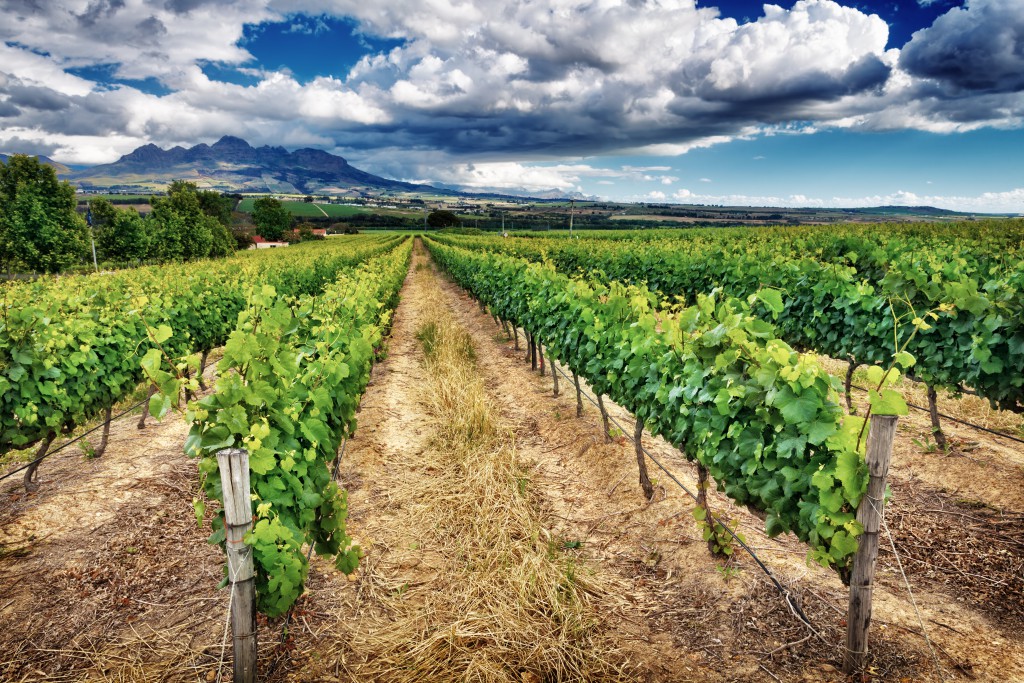
Interested in making South African Cabernet? We have the juice! Give us a call at 877-812-1137 to speak to a winemaking representative about your order. Cheers!
Appearance:
In the glass, South African Cabernet presents itself with a deep, velvety garnet hue that hints at the richness within. A subtle translucence at the edges suggests a wine that is both youthful and promising.
Aroma:
As the aromas develop, the bouquet is an intricate dance of blackcurrant, plum, and dark cherry notes. The nose is further adorned with a delicate touch of cedar, a hint of vanilla, and a whisper of tobacco, showcasing the influence of oak aging. There’s a captivating freshness that mingles seamlessly with the complex layers, promising a journey of nuanced flavors. (yeast suggestion – D254, D80, and BDX)
Palate:
Upon the first sip, the wine envelops the palate with a velvety texture and well-defined structure. The blackcurrant and ripe plum notes take center stage, accompanied by subtle hints of blackberry and a touch of dried herbs. Oak aging (French or American, medium toast) imparts a refined spiciness, contributing to the wine’s depth without overpowering its inherent fruitiness. Tannins, while present, are supple and well-integrated, offering a gentle grip that lingers into a satisfying finish.
Flavor Profile:
South African Cabernet Sauvignon showcases the region’s terroir with finesse. The fruit-forward profile is elegantly balanced by a backbone of acidity, providing vibrancy to the wine. Layers of flavor unfold as the wine evolves in the glass, revealing a harmonious interplay between fruit, oak, and subtle earthy undertones. There’s a delightful complexity that keeps you engaged with each sip.
Pairing Suggestions:
Pairing this South African Cabernet Sauvignon with a grilled steak or a rich, dark chocolate dessert would be a match made in heaven. The wine’s structure and depth complement hearty dishes, while its refined nature makes it equally enjoyable on its own.
Overall:
If you make a South African Cabernet Sauvignon, you can create a wine that captivates from the first swirl to the lingering finish. The meticulous balance of fruit, structure, and complexity makes it a standout choice for both enthusiasts and those new to the world of Cabernet Sauvignon. This is a bottle that not only reflects the terroir of South Africa but also pays homage to the varietal’s global prestige.
Interested in making South African Cabernet? We have the juice! Give us a call at 877-812-1137 to speak to a winemaking representative about your order. Cheers!
Top 7 Winemaking Tips for the Spring Harvest
The Spring Harvest is underway! It’s time to get yourself set up for your Spring fermentations.
-
Plan out your batch
- What kind of wine do you want to make?
- Review your ferementation notes from previous seasons
- Taste wines from Chile and South Africa for inspiration
-
Review how to adjust your must
- Adjusting your Brix, TA, and pH
- Take an online class if need a referesher
-
If making wine from juice, decide on Fresco vs. Non Fresco Juices
-
Decide on the type of yeast you want to use
-
PRE ORDER
- Give us a call at 877-812-1137 or email us at sales@juicegrape.com
-
Think about the temperatures in your cellar
- Do you need extra heat?
- Do you need AC?
-
Keep an eye on the Harvest Tracker for updates on the Spring Harvest
Interested in making your own wine? Musto Wine Grape Company is here to help! Musto’s New England’s largest supplier for home winemaking products and services. Visit juicegrape.com or give us a call at (877) 812 – 1137 to learn more.
Product Spotlight: CSM Yeast
Product Spotlight: CSM Yeast
CSM yeast was derived from Bordeaux and helps create a vibrant aromatic profile. CSM aids in adding complexity to the palate and pairs well with malolactic fermentation.
Why you want to use it:
It’s the perfect yeast for the Chilean fruit. It reduces vegetal aromas, adds complexity, stabilizes color, and helps increase the aromatic profiles of berries and spices.
Use Tips:
Fermentation starts quickly with this yeast. Be prepared to see Brix drop 24 hours after inoculation. It can stand up 14% ABV and can handle temperatures from 59–90°F. However, I highly suggest keeping your fermentation temps lower than 75°F. Once you hit 80°F you lose aromas and “burn off” flavors. Keeping your wine between 59–75°F during fermentation is a best practice.
You also want to use nutrients when using CSM; nutrients such as Fermaid-O and Fermaid-K. CSM tends to produce H2S (rotten egg smell) if there aren’t enough nutrients during fermentation.
Avoid cold shocking the yeast at inoculation. You’ll want to get the must and the yeast starter within a few degrees of each other before pitching the yeast starter. But without temperatures falling lower than 55°F. Temps below 55°F could stall fermentation and/or kill the yeast.
Goes best with:
CSM was cultivated to help ferment Cabernet Sauvignon, Cabernet Franc, Grenache, Merlot, Sangiovese, Petit Verdot. However, we have seen it used on Carmenere, Malbec, and Syrah from Chile with great results.
Dosage:
6gm/gals
Flavor Profile:
Cherry pit, raspberry, blackberry, spice, violet, bark, and sweet pepper
Ready to make wine? Musto Wine Grape Company is here to help you make the wine of your dreams! The Spring South African & Chilean winemaking season starts soon! Secure your winemaking grapes or juices and give us a call at (877) 812-1137 to speak with one of our Musto Crush Crew members. We can get you set up with everything you need and provide customer support along the way to ensure your success!






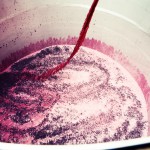
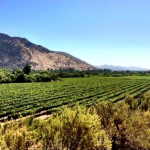
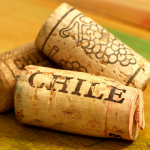
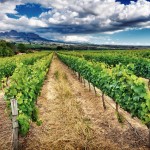
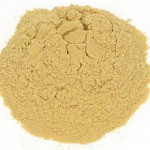
Recent Comments